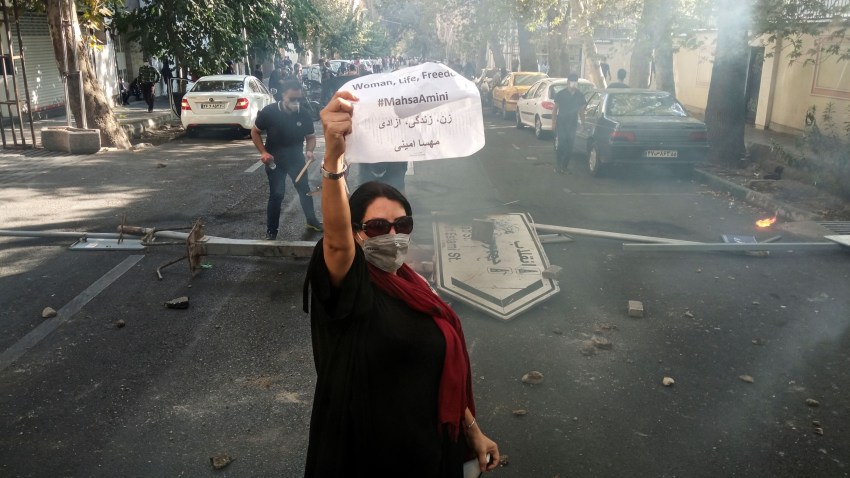In an era in which news cycles driven by social media peak and ebb within days, political developments that gradually escalate over time can challenge the attention spans of many observers of policymakers and journalists. Often developments with immense implications for global politics do not lead to quick outcomes, causing them to drift in and out of public consciousness. And even when policymakers in the U.S. and Europe notice indications that a political system is rapidly approaching a point of no return, their interpretation of events can be skewed by outdated assumptions that have not caught up with the rapid pace of social change.
This dynamic was on display in the inability of U.S. and European officials to detect let alone comprehend the speed with which Ukrainian society was transforming in the years before then-President Viktor Yanukovych—under pressure from Russia—backed out of Kyiv’s association agreement with the European Union in November 2013. As a result, they were blindsided by the subsequent mass protests in Kyiv as well as the escalations that followed. A few years earlier, many Western policymakers, absorbed by the war in Iraq and the economic chaos caused by the global financial crisis, similarly failed to notice growing discontent across the Middle East that erupted in the Arab uprisings of 2011.
Just as the first signs of those impending seismic shifts were missed until their effects overwhelmed policymakers, the tenacity of the recent protests in Iran has surprised many in the West. Though Iran has experienced repeated waves of protest since the theocratic regime crushed mass demonstrations by the Green Movement following the contested 2009 presidential election, until this year these expressions of opposition have usually been brought under control relatively quickly through brutal repression by law enforcement and the Iranian Revolutionary Guard Corps, or IRGC. Similarly, ethnic minority insurgent groups among Kurds in the northwest or Baloch communities on the Pakistani border have regularly engaged in armed attacks against IRGC or Iranian army units. But they never represented a threat against the established political order.

